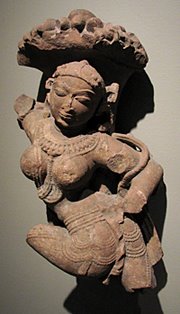I set up my 8-inch Orion XT Dob that evening and had a terrific view of the comet. I made the following sketch in my journal.

Here is a retouched version I made with Adobe Photoshop Elements 5.0. I inversed the image and made some color and level adjustments. I also replaced the original field ring with a better circle. Jeremy Perez has an excellent digitzing tutorial for adjusting eyepiece sketches on his Belt of Venus blog. And he has also co-authored a cool book published by Springer titled Astronomical Sketching.

Here is a plot I made of the same field using MegaStar. When I sketch objects I mark down all the brighter stars in the field -- say down to 9th magnitude. I try to capture any distinctive star patterns that will help me locate and orient the field in MegaStar. I also mark a few faint stars at the limit of averted vision. My key for this is F (faint but not hard to see), VF (very faint in averted), and VVF (challenging in averted -- only seen part of the time).
The MegaStar chart shows many more 11th magnitude stars than the few I included. I set the magnitude filter in MegaStar to 11.2 after determining that the effective limiting magnitude for this observation was just under 11. Fainter stars can be seen with an 8-inch scope, even from an urban sky. But the moon was nearly full. Also, this was a low power view. Fainter stars can be seen at higher magnification. See the detail at upper right of the journal entry, which was seen with a 7mm Nagler Type 6 at around 200x. All three 11 magnitude stars near the comet were easily visible.






No comments:
Post a Comment